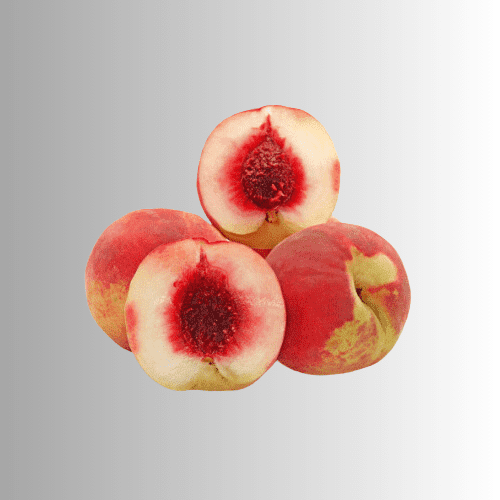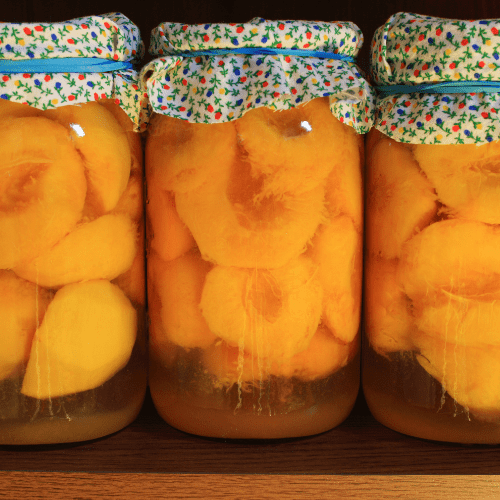Position
Full sun, although they can tolerate some shade, they will yield more fruit the more sun they receive and grow more vigorously. Peach trees require colder climates and do not do well in warm winter climates.
Size
Peach trees grow to anything from 4 metres plus tall and wide. Plan the site before planting, keeping the tree away from external walls, electrical lines and other trees. Plant in a protected area if possible as strong winds can damage branches and leaves.
Soil Type
Peach trees are not fussy about soil type but prefer slightly acidic soil. Loosen the soil in the area before planting about 1.5mts depth in your normal garden soil and good drainage is important.
Mulch
Use from 2 to 5 centimetres of pine bark mulch to protect the roots from UV damage and drying out. It retains moisture, and maintains an optimal pH. Do not let the mulch touch the plant stem, as it may cause infection or rot.
Watering
Water every second day after transplanting for about a week, thereafter, reduce to twice a week in dry or hot weather for the next 2-3 months.
Water every couple of weeks if there is no rain. Too much water can cause root rot, but do not allow the roots to dry out completely.
Pruning
Prune peach trees during the dormant season (late winter or early spring) to remove dead, damaged, or diseased branches. Also, thin out crowded branches to improve airflow and sunlight penetration, which helps reduce the risk of fungal diseases.
Fertilising
Use our slow-release nitrogen-rich all plant fertiliser. Apply 1 teaspoon every 4-5 months. The roots will absorb what they required.
Pests
Regularly inspect the tree for signs of pests such as aphids, scale insects, and peach tree borers. Treat promptly or preferrably use preventative measures by spray with agricultural Neem Oil or Effective Microorganisms (EM Control)
Disease prevention: Common peach diseases such as peach leaf curl, brown rot, and powdery mildew. Apply appropriate fungicides if necessary, or continue with Neem oil or EM Control as a preventative.
Thinning Fruit
Thin fruit in early summer when they are about the size of a dime to promote larger, healthier fruit and prevent branch breakage due to excessive weight.








